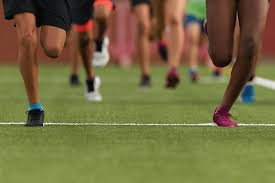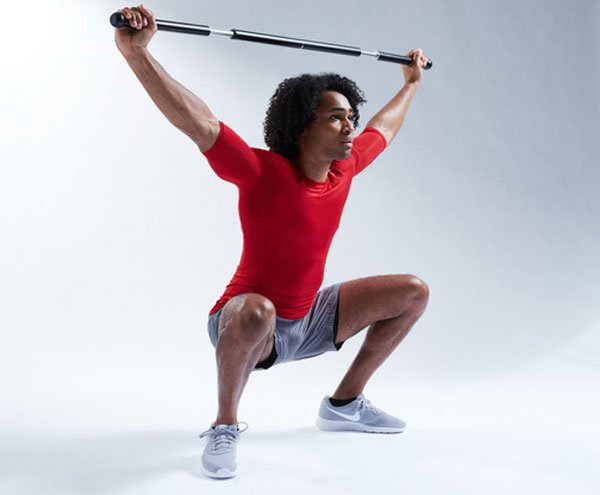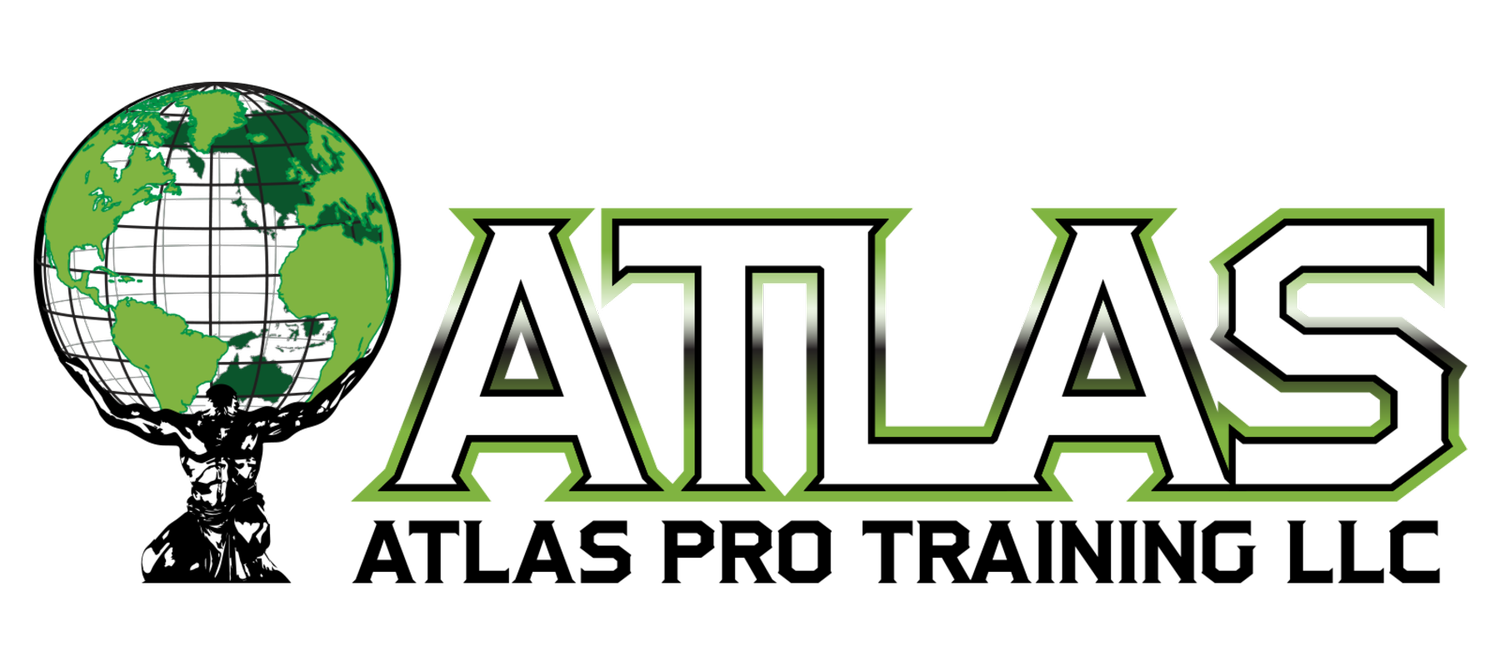The Role of Technology in Strength Assessment: Unveiling Athletes' Potential
In the ever-evolving world of youth athletic development, staying ahead of the curve is crucial. One of the game-changers in this quest for excellence is the integration of technology into strength assessments. This blog post explores the pivotal role of technology in modern strength assessments for youth athletes. We will delve into the invaluable data and insights that technology can provide, how it aids in designing highly individualized training programs, and discuss the remarkable results achieved through technology-driven assessments.

Unleashing the Need for Speed: Developing Linear Speed for Field Sports
In the realm of field sports such as football, lacrosse, soccer, and baseball, linear speed is a game-changer. Athletes who can accelerate rapidly in a straight line possess a distinct advantage. Atlas Performance Training understands the pivotal role of linear speed and, in this blog post, we will delve into the specifics of developing this crucial attribute. We'll provide insights into training methods and coaching principles that enhance linear speed and emphasize how proper technique and form can significantly impact an athlete's performance on the field.

Speeding Sideways: Building Horizontal Speed for Lateral Excellence in Basketball and Soccer
In the dynamic world of sports like basketball, volleyball, and soccer, mastering horizontal speed is a game-changer. Athletes who can move quickly and efficiently laterally gain a significant advantage. Atlas Performance Training recognizes the importance of horizontal speed in these sports and, in this blog post, we'll dive into its significance. We'll describe training strategies that focus on improving lateral speed and agility, and we'll discuss specific movements and exercises that can enhance an athlete's ability to change direction quickly.

Speed Training Fundamentals for Young Athletes: Tailoring for Sports Excellence
As a dedicated coach at Atlas Performance Training, we understand the crucial role that speed plays in the success of young athletes. Whether they are aspiring basketball players, football stars, soccer enthusiasts, volleyball champions, rowing contenders, or baseball prodigies, speed is a fundamental aspect of their athletic journey. In this blog post, we will explore the foundational principles of speed training for young athletes, emphasizing its importance in sports performance. Additionally, we will delve into how speed training can be tailored to specific sports to meet the unique demands of each, and we will highlight training techniques and drills suitable for young athletes to enhance their speed and quickness.

Will squats work your hamstrings and calves to improve the strength?
Squats are a fundamental exercise in any strength training routine, but many individuals wonder whether they effectively work the hamstrings and calves. Neglecting these muscle groups can hinder your overall health and performance journey, potentially leading to imbalances and decreased performance.

Tracking Progress Through Strength Assessments: Maximizing Offseason Gains
In the world of youth athletic development, progress is the name of the game. It's not just about working hard; it's about working smart. One essential tool in this journey towards excellence is the use of strength assessments. In this blog post, we will explore the vital role of strength assessments for youth athletes, the types of assessments commonly used, how progress tracking informs training adjustments, and provide inspiring examples of athletes who achieved remarkable gains through proper physical assessment and tailored training programs.

Identify Core Muscular Weaknesses and Strength Imbalances to Tailor Training Programs for Athletic Excellence
In the realm of youth athletic development, the pursuit of excellence extends beyond honing skills and perfecting techniques—it hinges on understanding the significance of identifying core muscular weaknesses and strength imbalances. This blog post embarks on a journey to explore the pivotal role that recognizing these physical limitations plays in enhancing athletic performance among young athletes. We'll delve into methods for pinpointing these issues, delve into customized training approaches aimed at addressing individual core weaknesses and strength imbalances, and illustrate the remarkable transformations young athletes can achieve through targeted training.

The Road to Greatness: Long Term Athletic Development in Youth Sports
In the world of youth sports, success is not just about winning today's game; it's about nurturing young athletes for a lifetime of achievement. At Atlas Performance Training, we understand the profound significance of a structured and long-term approach to athletic development for our young athletes. In this blog post, we will delve into why Long Term Athletic Development (LTAD) is the cornerstone of future athletic success and how it fosters lifelong healthy habits.

Progressive Overload in Strength Training for High School and Middle School Athletes
Progressive overload is a fundamental concept in strength training that plays a crucial role in enhancing athletic performance, regardless of an athlete's age. For high school and middle school athletes, understanding and implementing progressive overload can be a game-changer. In this blog post, we'll explore the concept of progressive overload, its positive effects on athletic performance, and provide practical strategies for young athletes to safely and effectively incorporate it into their training routines. Additionally, we'll highlight the critical role of consistency in achieving strength gains.

Building Strength Safely for Teen Athletes
Strength training is a cornerstone of athletic development, and it holds particular significance for adolescent athletes. During this critical phase of physical growth and development, proper strength training can have a profound impact on athletic performance, injury prevention, and overall well-being. In this blog post, we will delve into the importance of strength training for teen athletes, explore safe and effective training methods, and emphasize the crucial role of supervision and technique correction.

Strength Training: The Foundation of Speed Training for Youth Athletes
Everyone understands that speed kills, but the foundations of training that skill can be developed in athletes of all ages starting with a good foundation of strength training. There are two types of speed, there is linear speed which is running in a straight line and lateral or what I like to call Multi-directional speed which is transitioning from a linear direction to lateral direction at different angles of movement. Both of these types of speed are developed by increasing the force that is applied to the ground, and the only way to increase the force that is applied to the ground and increase your RFD or Rate of Force Development……..
